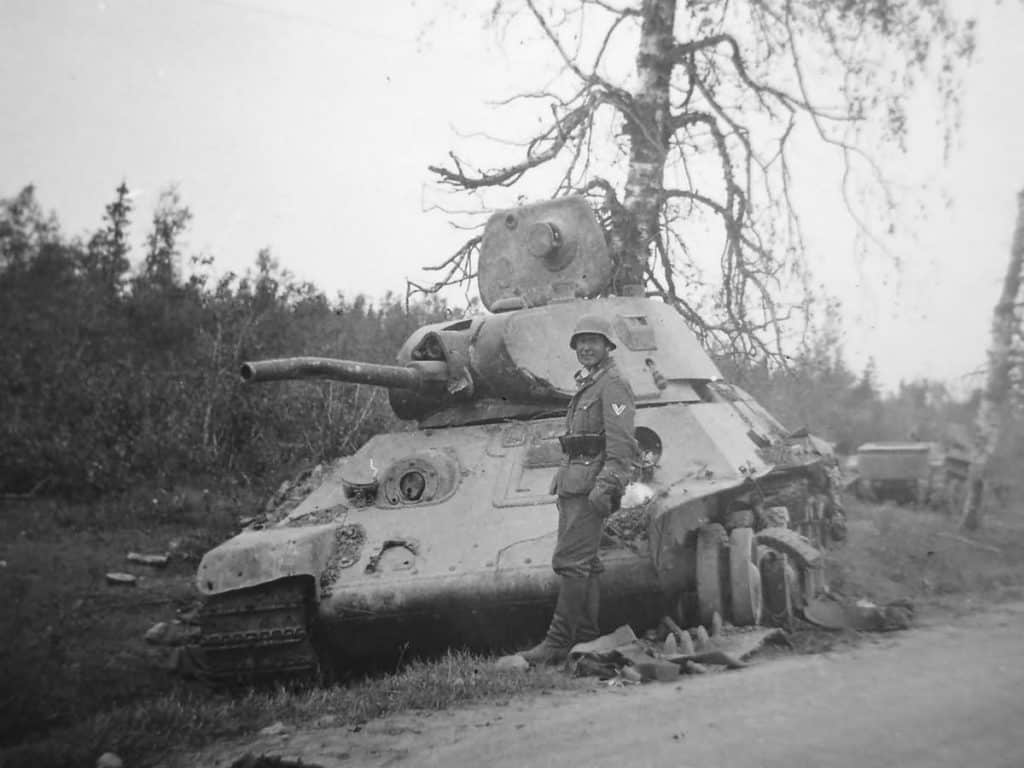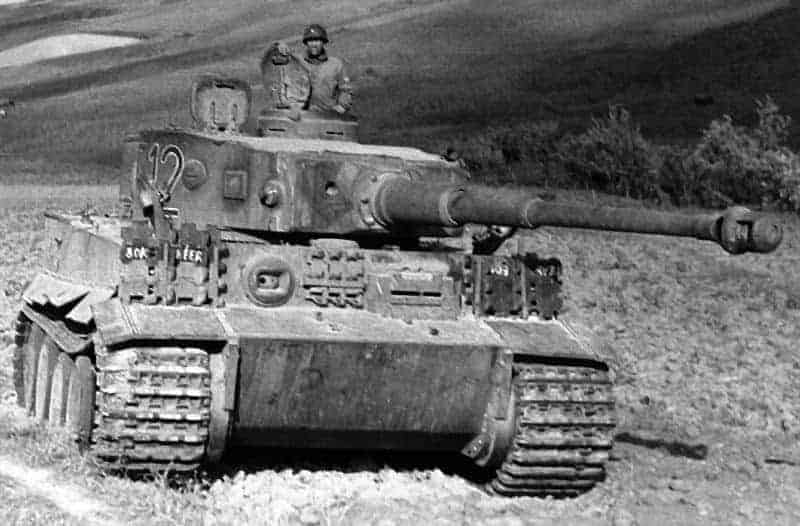During the earliest days of the Second World War the world’s media, awestruck by the speed and seeming invincibility of the German Army, created a new word – blitzkrieg – to describe the German war machine. This created a lasting impression that the German military of the Second World War was an entirely mechanized war machine. It wasn’t. Hitler had an army which required horses and mules to drag its logistics train, a fact which did much to contribute to his defeat in Russia. But the tip of the Nazi spear was the armored columns of Panzers, supported by dive bombers of the Luftwaffe and infantry, used in way never before seen, which demoralized its European foes.
The American and British armies never did field tanks which were the technological match of their German enemy, although the Russians did. German tank commanders became nearly as famous at home as did the aviators of the previous war. German propaganda rang with the names of Panzer leaders such as Ernst Barkmann, Kurt Knispel and Michael Wittmann, when in the First World War they had sung the praises of Richthofen, Goering, and Boelcke. Wittmann was not the leading Panzer Ace of the Second World War, but he was one of the most renowned, and his abilities as a leader and tank commander remain debated by historians and students of armored warfare decades after his death.

Here are eleven often overlooked facts about panzer ace Michael Wittmann.


